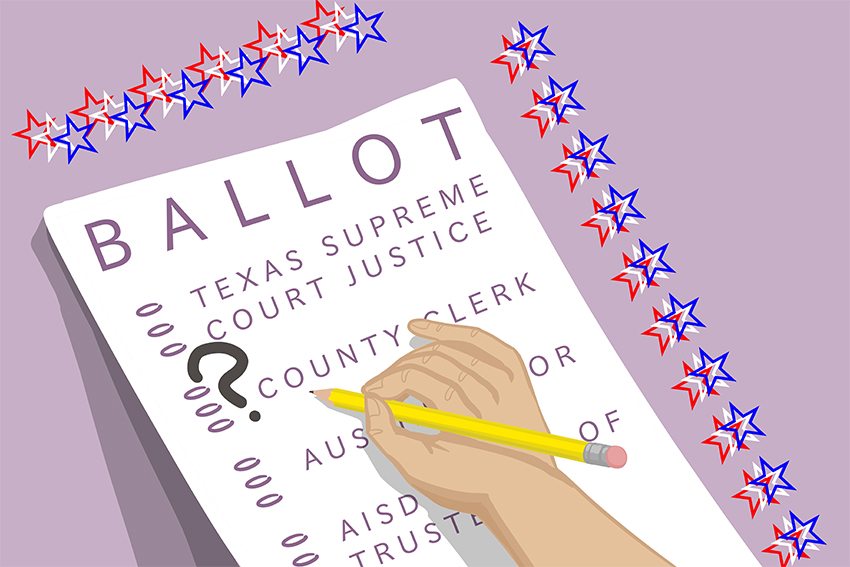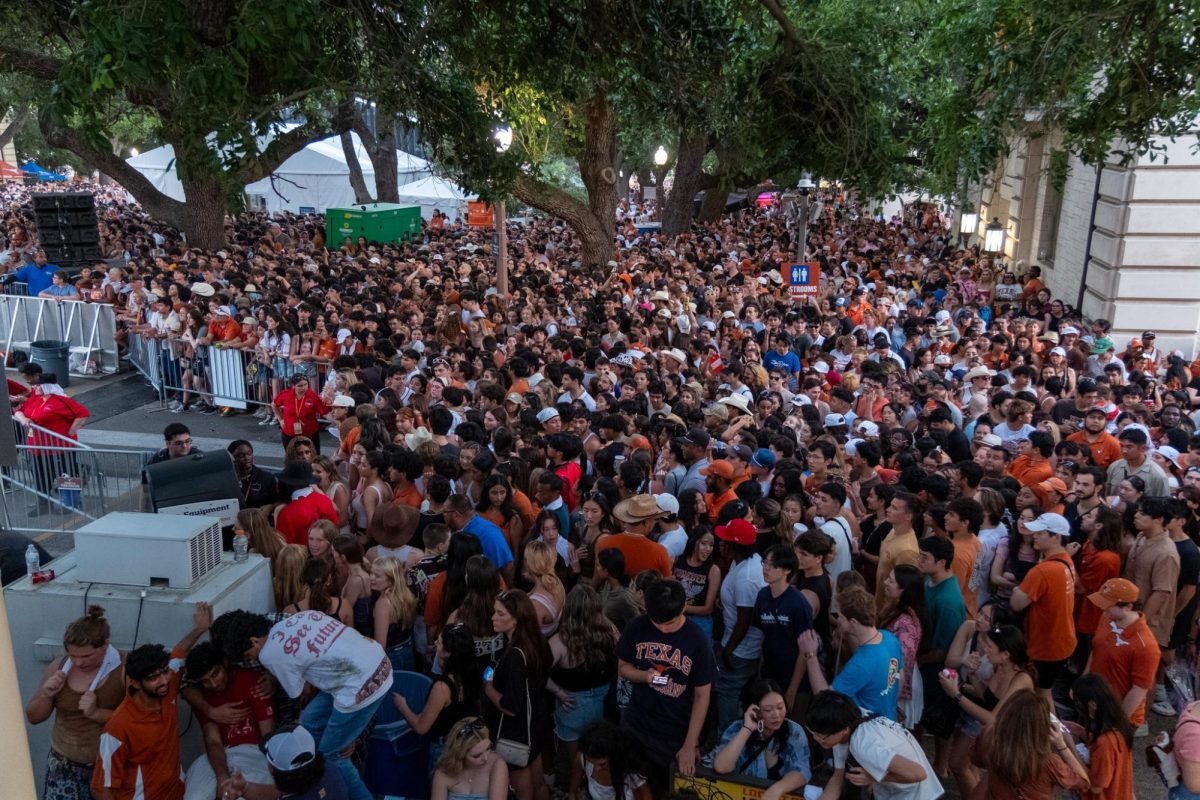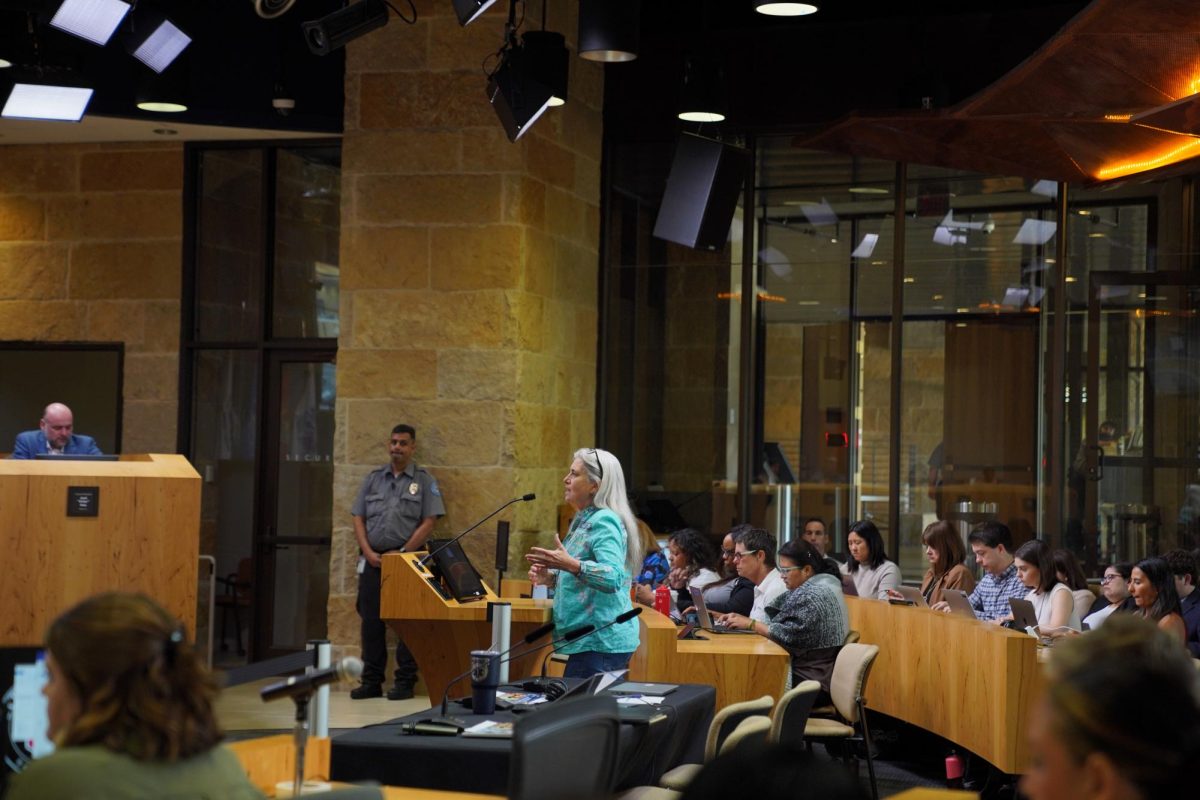Today is the day we’ve all been waiting for — Election Day. If you haven’t voted, today is the last day to do your civic duty, and there may be some positions on the general election ballot that are confusing for new and old voters alike.
Here’s what you need to know about some of the lesser-known offices on the ballot this year.
Austin City Council
The Austin City Council consists of 11 members who serve two four-year, staggered terms. The council approves the City’s budget, has legal authority over City departments and agencies, and makes and amends City ordinances and policies. The mayor is an elected member of the council and represents the City on a state, national and international level. Because Austin functions based on a council-manager system, the Austin City Council appoints a city manager who carries out council legislation and policy.
Travis County Clerk
The County Clerk records and maintains public records such as bonds, deeds, birth and death certificates, livestock brands and assumed names. The clerk ensures all of these documents are organized and archived properly, issues marriage licenses and oversees county elections. The Travis County Clerk is the clerk for the Travis County Civil and Criminal Courts at Law, as well as the Commissioners Court and
Probate Court.
Austin Independent School District Board of Trustees
The Austin Independent School District’s Board of Trustees consists of seven members elected from specific Austin districts and two members elected at-large by all voters in the school district. The board employs the superintendent of AISD, manages financial expenditures, approves budgets and establishes rules for district operations. The board holds meetings where the public is encouraged to address issues. Each member serves for four years and is elected biannually on a rotating basis.
Texas Supreme Court
The Texas Supreme Court consists of one chief justice and eight associate justices who are elected to six-year, staggered terms. The court has final jurisdiction of most civil and juvenile cases, and decides whether the final judgment of an intermediate court needs to be reviewed. The Supreme Court establishes the
official rules for administration of justice in Texas, manages the distribution of caseloads in lower courts of appeals and administers funds for the Basic Civil Legal Services Program, which provides legal services to the needy.
Texas Court of Criminal Appeals
The Court of Criminal Appeals consists of one presiding judge and eight associate judges, and each are also elected to six-year, staggered terms. The court is the highest state court for criminal appeals and establishes rules of evidence for criminal cases. The court is required to handle death penalty cases after trial court and has sole authority over applications for habeas corpus, which is when someone believes they’ve been detained illegally. The court reviews decisions made by intermediate courts on
criminal cases.
Texas Third Court of Appeals
The Texas Legislature divided the state into 14 courts of appeals districts, and Austin is the location for the Third District Court of Appeals. This intermediate court consists of a chief justice and five associate justices, and the court has jurisdiction over appeals from lower courts in 24 counties, including Travis county. The Third Court of Appeals hears both civil and criminal appeals, and applies for petitions for review by the Texas Supreme Court if necessary.





















